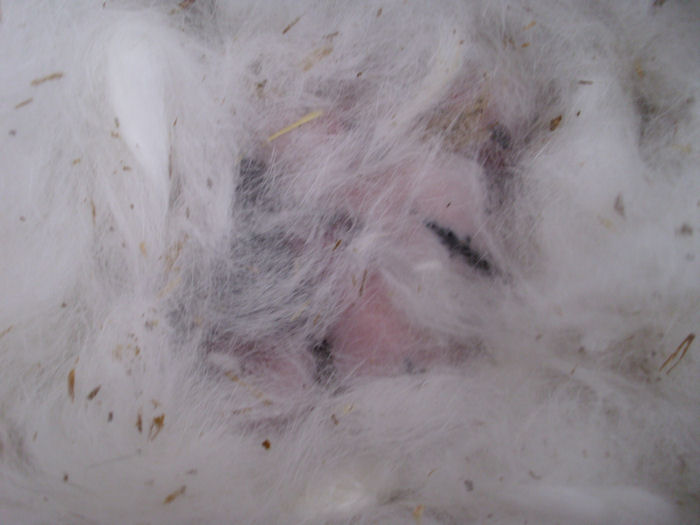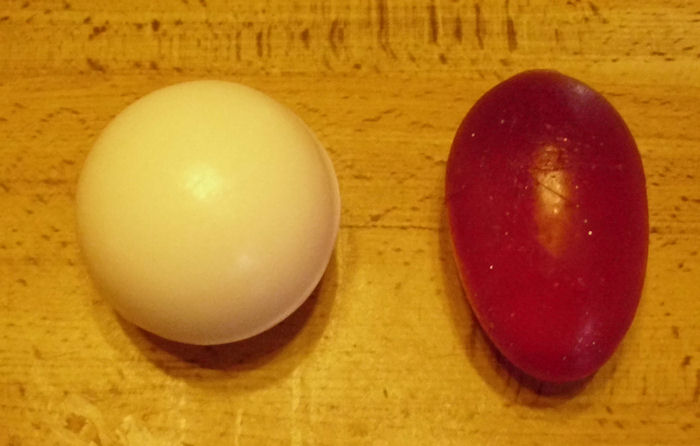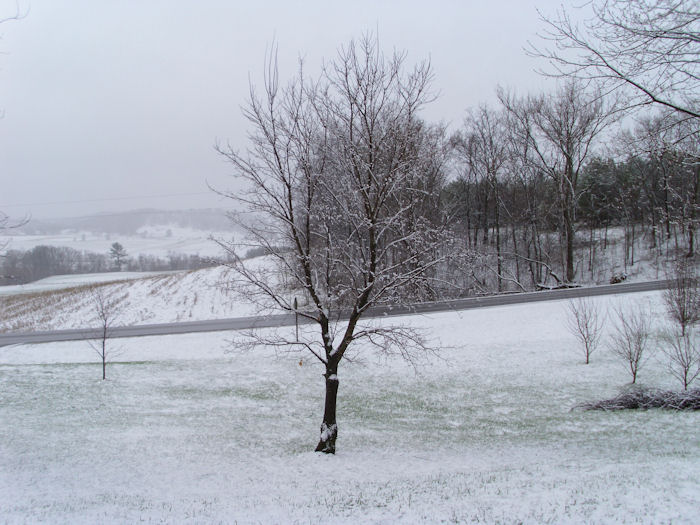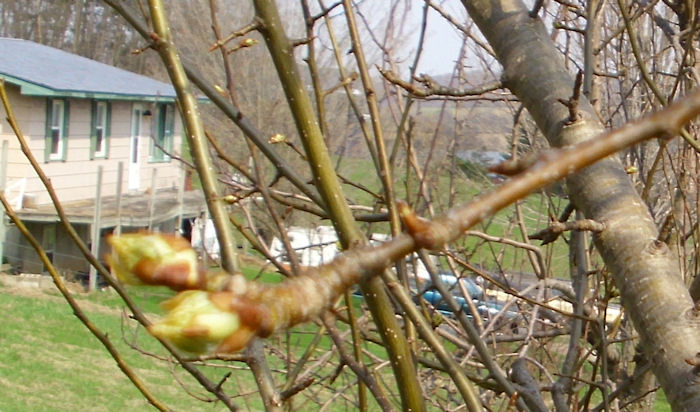There are many aspects to the self-sufficient lifestyle. One aspect is that you don’t have a lot of money for entertainment. However, if you’re self-sufficient, you quickly find that the fun aspect of entertainment has nothing to do with cost. Rebecca and I often entertain ourselves for free (or at least, next to free). So it was this past Saturday as we prepared for Easter. Every year we decorate some eggs for ourselves. Last year we used bought a glitter kit from the store, which didn’t work out as well as we would have liked (the glitter ended up on everything), but did produce a nice result. (I definitely wouldn’t mind trying it again, but would probably do things a bit differently this time.)
This year we used a Paas tie-dye kit to create some colorful eggs that are far less messy and store well too. Our total cost was about $4.00, including the eggs and we ended up with a second set of dye pellets leftover. Perhaps we’ll dye some eggs using the extra pellets during vacation this summer. The tie-dye kit was a tiny bit messy, so I wouldn’t recommend it for younger kids—at least not if you don’t want everything, including the kids, dyed spectacular colors. Here are the results we achieved:
As you can see, they’re quite fancy and looked nice displayed in egg cups on the table (the holder shown in the picture was used only for drying). To get this effect, you wrap a piece of material around the egg, place the egg in a special holder, and inject colors using a syringe type device into holes in the holder. It took between 2 and 3 hours for us to complete the task. During that time we had a lot of fun and laughs, especially when a set of colors would produce unexpected results. We found that you need to leave the egg in the holder for a few minutes after injecting the colors to obtain optimal results. The bottom line is that you can have a ton of fun for nearly nothing if you try. So, how do you have fun on a budget? Let me know at [email protected].



















